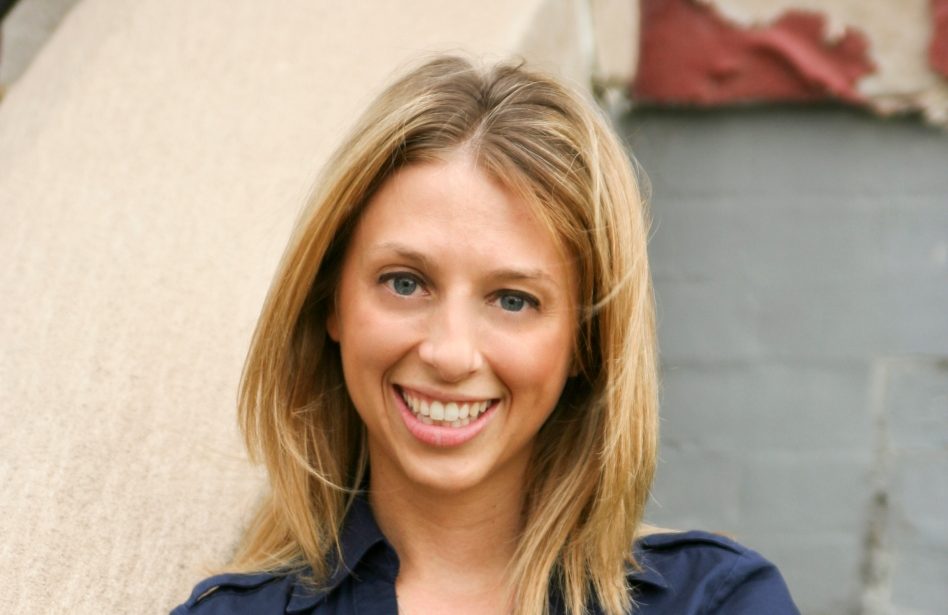The Lori’s Hands model of intergenerational service and learning is core to our work. But as Lori’s Hands expands beyond our first chapter in Newark, there are opportunities to tailor and individualize this experiential learning model and curriculum to other communities. At Eastern Michigan University, work has been underway for more than a year to strategize a third chapter in the Metro Detroit area.
Christina Marsack-Topolewski, Ph.D., LMSW, is an associate professor in the School of Social Work at Eastern Michigan University and a committed Lori’s Hands partner. We recently spoke with her about her efforts to bring Lori’s Hands to her state.
***
Q. How did you first get connected to Lori’s Hands?
A. We were connected through the Michigan Health Endowment who awarded us a grant to develop the infrastructure here in Michigan. It’s been a lot of work. I’ve learned so much from Lori’s Hands. I’m constantly amazed by them. We have probably been working together for more than two years and it’s been really great. If this was a blind date, it would have been the best blind date ever.
Q. How do you see Lori’s Hands taking shape in Michigan?
A. While we have a solid plan laid out, we know that there may be changes along the way. We intend to focus initially on student internships to augment learning outcomes for students. We also hope to engage general student volunteers who are interested in our work as we grow. We have connected with a number of community partners who are excited about our work and who plan to make referrals to Lori’s Hands once we are operational. It will be modeled after Lori’s Hands’ work in Delaware and Baltimore but tailored to our community in and around Ypsilanti.
Q. What are the issues in Michigan?
A. Here in Michigan, there are segments of populations who struggle with figuring out how to navigate services. This hits people on all ends of the socioeconomic status brackets. Caregivers are exhausted. Consumers are exhausted. So I think there’s some universality.
But I think when we look at different segments of demography, we know there are health disparities amongst certain groups. We know that there are health disparities for certain populations of color. We know there are health disparities for people who might be of lower socioeconomic status, and so forth. We know that there’s relative reticence for many people even just to seek health care or a health care provider. There’s even the challenge of getting to doctor appointments when we start to think about transportation for people who might have ambulatory issues or mobility issues.
Q. What are the next steps for Michigan?
A. We submitted the final report for the planning grant in July. We then applied for implementation funding to launch in Wayne and Washington counties. For context, Detroit is part of Wayne County. Our hope, if funded, is that we would launch in January 2022. We would provide internship opportunities and clinical experience for nursing and social work students. We hope to create interprofessional learning opportunities where students from these disciplines work together during the course of their internships. Simultaneously, we would have students from other majors, such as from the honors program, completing volunteer service learning activities.
Q. What has this experience been like?
A. I could not believe more in the Lori’s Hands program and what they do. My work has always been focused on people with disabilities, older adults and caregivers. While that’s predominantly what I’ve done, it’s mainly been through the purview of developmental disability and aging and the aging caregiver. Lori’s Hands fits in there, but in a different way. I feel really blessed for the opportunity to learn from them and work with them and collaborate with them.

